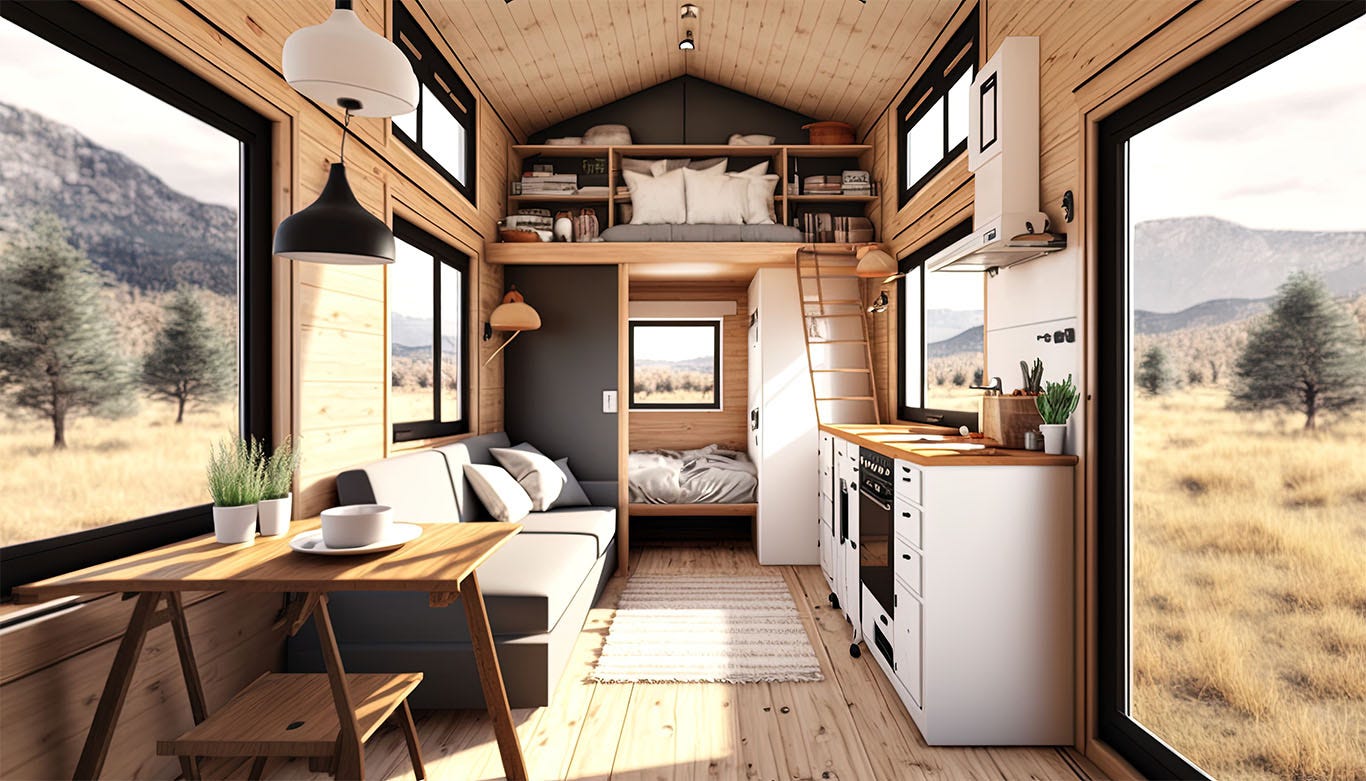Time to consider Micro Homes for Country Towns
Rural Depopulation in small country towns in Australia a way to slow the decline
We’ve all seen the images of micro homes, or as the Australian Tiny House Association calls them, Tiny Houses. YouTube enthusiasts will have come across countless videos showcasing the array of compact homes available, perfect for placing in your backyard as a guest space for in-laws who might overstay their welcome.
With the cost of building a traditional 4x2 brick-and-tile home in regional areas now surpassing $500,000, and even large transportable homes coming in around $350,000, many investors are hesitant to develop land that doesn’t promise significant returns. As a result, good land is left vacant. Meanwhile, land prices in Perth continue to skyrocket, with house-and-land packages pushing past $550,000, creating an opportunity for regional towns to step in and fill the gap.
It’s now possible to import and set up a tiny home for anywhere between $50,000 for the smallest 30m² single-bed models, to $100,000 for a 50m² expandable container home, and up to $200,000 for a more luxurious 70m² version. These affordable prefab options offer a chance for country towns to attract new residents.
With China producing kits at a rapid pace, motivated communities could enlist the local men's sheds or footy clubs to assemble these homes, significantly reducing costs compared to building a house from scratch or buying in a transportable.
There is undoubtedly a market for these new tiny homes, particularly in regional towns across the Wheatbelt where residential blocks are as affordable as $10,000 in Kalgaring, $17,000 in Ongerup, $25,000 in Hyden, $36,000 in Merredin, $45,000 in Donnybrook, and $69,000 in Katanning. For those seeking a coastal lifestyle, blocks in Hopetoun start around $75,000.
Factoring in the cost of utilities like power, water, and septic, which total around $20,000, plus a truckload of gravel to park them on, a new home can quickly become a "home sweet home" for a farm worker or apprentice.
Councils could also explore the possibility of renting both the land and the tiny homes particularly the ones on wheels to reduce the capital hit on their budgets and help grow their populations while providing affordable accommodation for local workers.
An innovative approach might involve placing these homes around a community space like the local footy oval, with the oval offering a touch of greenery to the emerging neighbourhood.
With state housing rent averaging $250 per week, a $200 weekly rental—or $10,000 annually—should easily cover the rental cost of a $100,000 tiny home on council land in the bush.
This is exactly the type of policy that could be put forward in the next election—a $1 million incentive for any community willing to set up 10 tiny homes to help address the housing crisis and counter the population decline in regional WA
.




